‘I’m not me any more’: the heartbreaking truth about Robin Williams’s final hours
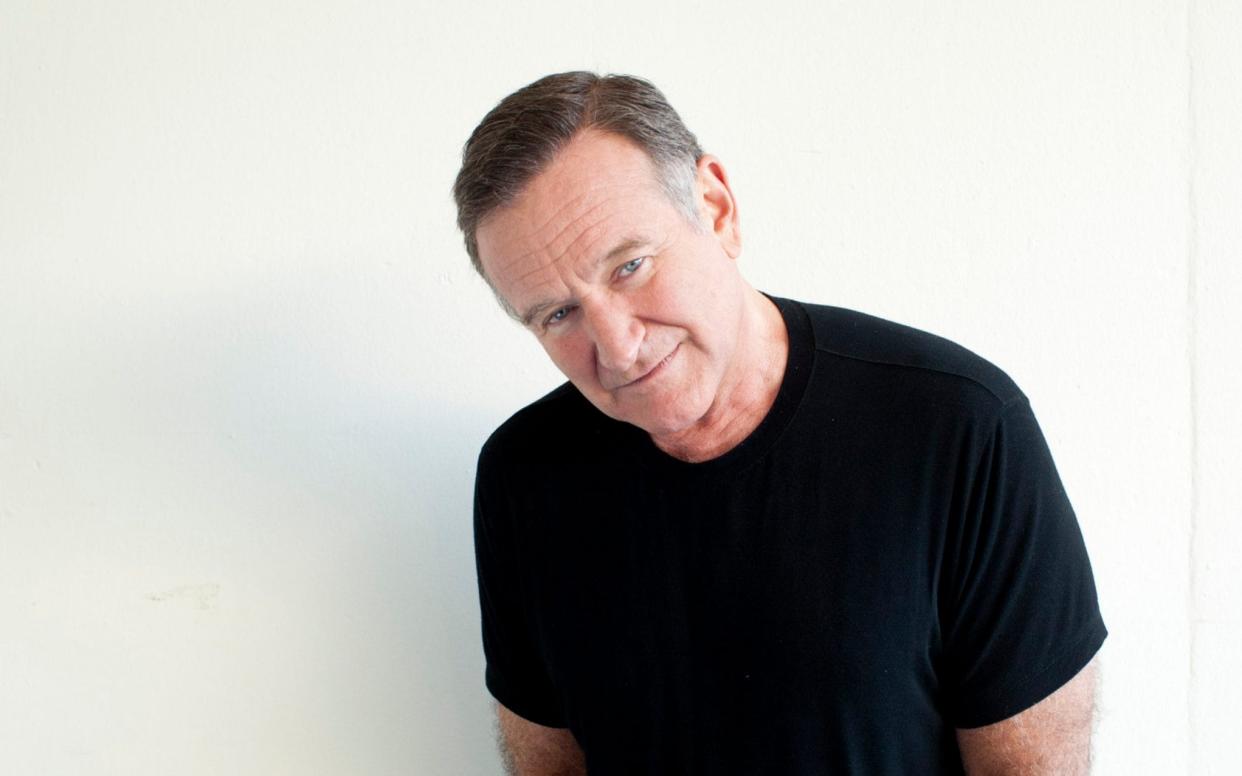
- Oops!Something went wrong.Please try again later.
NB. This piece was originally published in September. Robin’s Wish is now available to stream in the UK
As a performer, Robin Williams had multiple sides: the manic stand-up comedian, whose body and mind darted in every direction at near-warp speed; the heartstring-yanking Hollywood star, who did cinematic schmaltz (Dead Poets Society, What Dreams May Come) to family adventures (Mrs Doubtfire, Hook, Jumanji); and – my personal favourite – the serious actor with something inherently dark inside: charming and wounded (Good Will Hunting) but also intensely scary (Insomnia, One Hour Photo).
Now Robin’s Wish, a new documentary directed by Tylor Norwood, shows a largely unseen side of Williams: the man behind the movie star. “If you loved Robin Williams, then Robin, the man behind all that work, was even better,” Norwood tells me.
Unspoiled by his enormous fame and talent, Williams lived a suburban life with Susan Schneider Williams, his wife of three years, in Marin County, north of San Francisco. When Norwood visited the house, he was shocked by how ordinary it was.
“There’s no 30-foot high fence or long driveway,” he says. “You just assume that’s where Robin Williams would have to live. He would hang out in his front yard, play with the kids in the neighbourhood, and bicycle around town. There was no bodyguard. He just forwent all of that. He was never a prisoner of his own celebrity. How did he pull off that magic trick?”
Norwood recalls a story told to him by David Kelley, creator of TV series The Crazy Ones. Kelley had scheduled a meeting ahead of Williams starring in the show.
“David Kelley pulled up to this restaurant and Robin was sitting on the curb out the front, just hanging out and thinking,” says Norwood. “You think, ‘Don’t you know how famous you are?! You can’t just sit outside of a restaurant on the curb in San Francisco!’ But that was who Robin chose to be. That was really powerful to me. He chose a certain lifestyle. All the people we interviewed in the film loved him. They’d see him when he was walking his dog, or he’d come over for barbecues.”
The documentary also breaks down the idea that Williams was a “sad clown”, as the media portrayed him after his death from suicide on August 11, 2014. Robin’s Wish chronicles the final days, when Williams was in the grip of a disease he never knew he had: diffuse Lewy body dementia. As the press descended on his neighbourhood – invading his community of friends and exasperating their grief – it reported that depression had killed him.
There was speculation about the cause of his supposed depression: bipolar disorder; financial problems; the cancellation of The Crazy Ones; or even drink and drugs. (Robin’s Wish details how the death of John Belushi in 1982 shocked Williams into giving up cocaine. “Because I have to,” he told a friend.)
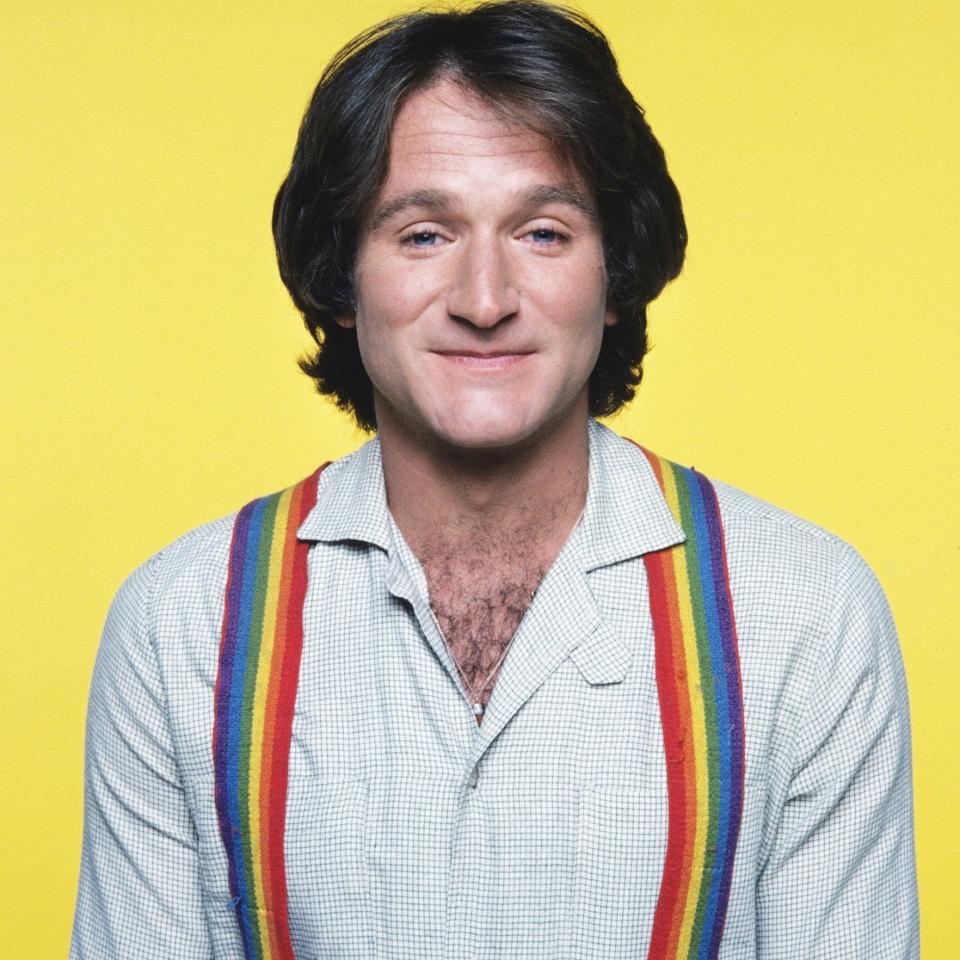
“It got twisted,” says Norwood about the media response. “People started doing the sad clown thing, saying ‘Maybe there was something much darker happening behind the scenes.’ But not at all. In fact, it was the opposite.”
Williams' dementia was only discovered at his autopsy, three months after his death. The disease – named after protein deposits, Lewy bodies, which develop in the nerve cells – picks off neurons and eventually sweeps across the brain, causing a progressive decline. Speaking in the documentary, neurology professor Bruce Miller describes Lewy body dementia as “fast”, “irreversible”, and “always fatal.”
Susan Schneider Williams recalls how when she was told the autopsy reports, she recognised the symptoms: cognitive problems, impaired movement, anxiety, delusions and hallucinations, paranoia, self-doubt, anxieties, and troubled sleep. His thrashing and restlessness at night was so bad they had slept in separate beds.
Bruce Miller says Williams’ case was “about as devastating a form of Lewy body dementia as I had ever seen. Almost no area was left unaffected. It really amazed me that Robin could walk or move at all.” Miller attributes the resiliency to Williams’ brilliance. “People who have great brains, who are incredibly brilliant can tolerate degenerative diseases better than someone who is average – the concept of reserve. Robin Williams was a genius,” he says.
In the aftermath, Susan Schneider Williams appeared on TV interviews and campaigned to raise awareness for the disease. But she struggled to reverse narrative. “It’s complex trying to undo bad reporting,” says Tylor Norwood. “Susan went out and did media when she had the diagnosis. But no one remembers that.”
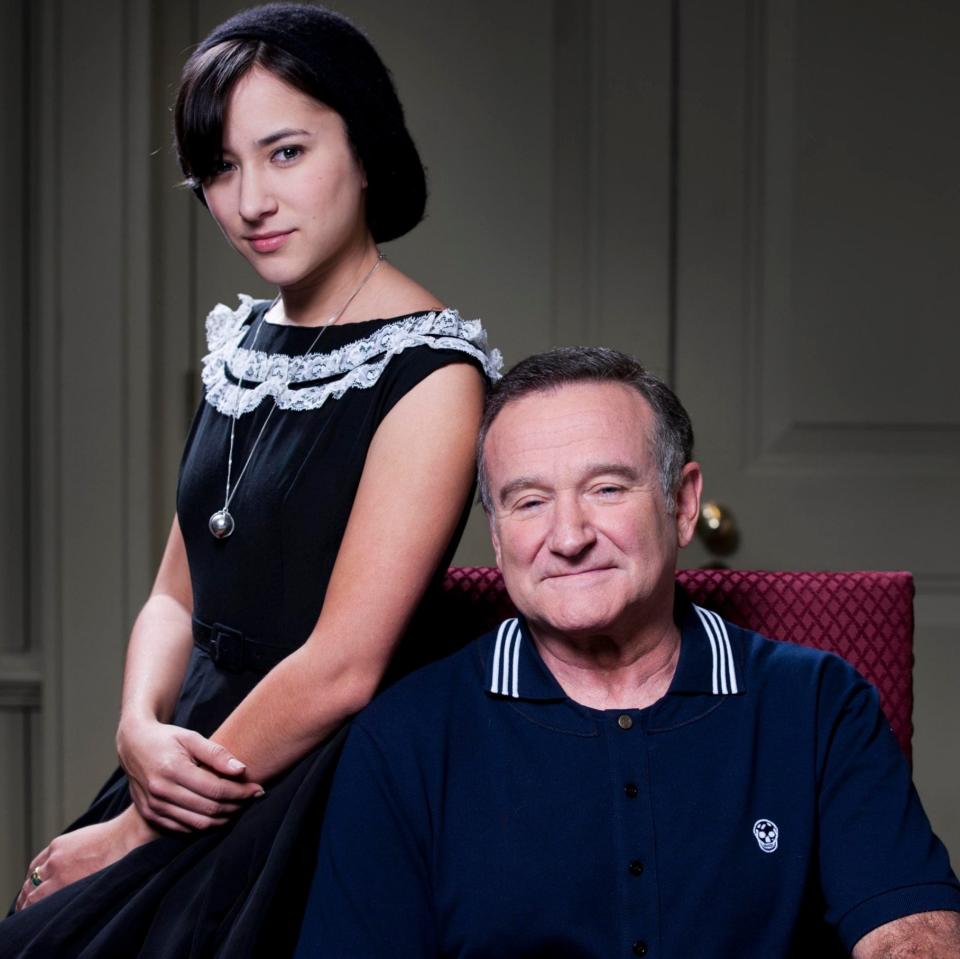
Schneider Williams approached Norwood about making what he calls a “hardcore science documentary”. But to make an impact it would need a human story. “People need stories to make sense of the world,” he says. “If we just have facts thrown at us, they bounce off the wall."
Robin Williams was one of the world's best loved stars. But there was a real, easily-to-relate love story too. "It was the love story of what they went through, and what Robin – one of my heroes – went through, and how he responded to the challenge of losing everything," says Norwood. "And without having any diagnosis of what was happening to him. I thought that was really compelling. I said to Susan, ‘If you’re willing to go to the darkest and most difficult places on camera, we have a shot of undoing the bad reporting.’”
Robin’s Wish is more of an intimate portrait than a history of his career, though in its search to find the real Robin Williams, it details how he trained as a serious actor at Julliard School in New York – where he became close friends with future Superman actor Christopher Reeve – before exploding onto the stand-up scene in Los Angeles.
It includes rare clips: home video and footage of him in the Aladdin sound booth, improvising the Genie – truly a joy to see. There are familiar (but still heart-warming) stories, such as how after Reeve's horrific horse riding accident, in which his skull was disconnected from his spine, Williams burst into the hospital pretending to be a Russian proctologist looking to do a rectal examination.

There’s also plenty of his unstoppable, fuse-lit comic brilliance. “Robin could take an audience anywhere,” says Norwood. “You’d catch him on late night TV, or on stage, and you can see him creating a world for the audience, right in front of them. It seems like a magic trick, like something otherworldly. It brings this intense joy, just watching this creation in front of your eyes. The idea that he was that smart just hits you.”
The film includes stories that are less well known to casual audiences, such as Williams' regular visitor to US troops stationed overseas. “We had multiple four-star generals willing to speak up about how special Robin Williams was to the troops,” says Norwood. “Robin would go to military hospitals unannounced just to sit with soldiers. He had this intense willingness to just be present for people.”
After his death, Susan Schneider Williams found an old Alcoholics Anonymous book in his bedside table. Inside it, Williams had written: “I want to help people be less afraid.”
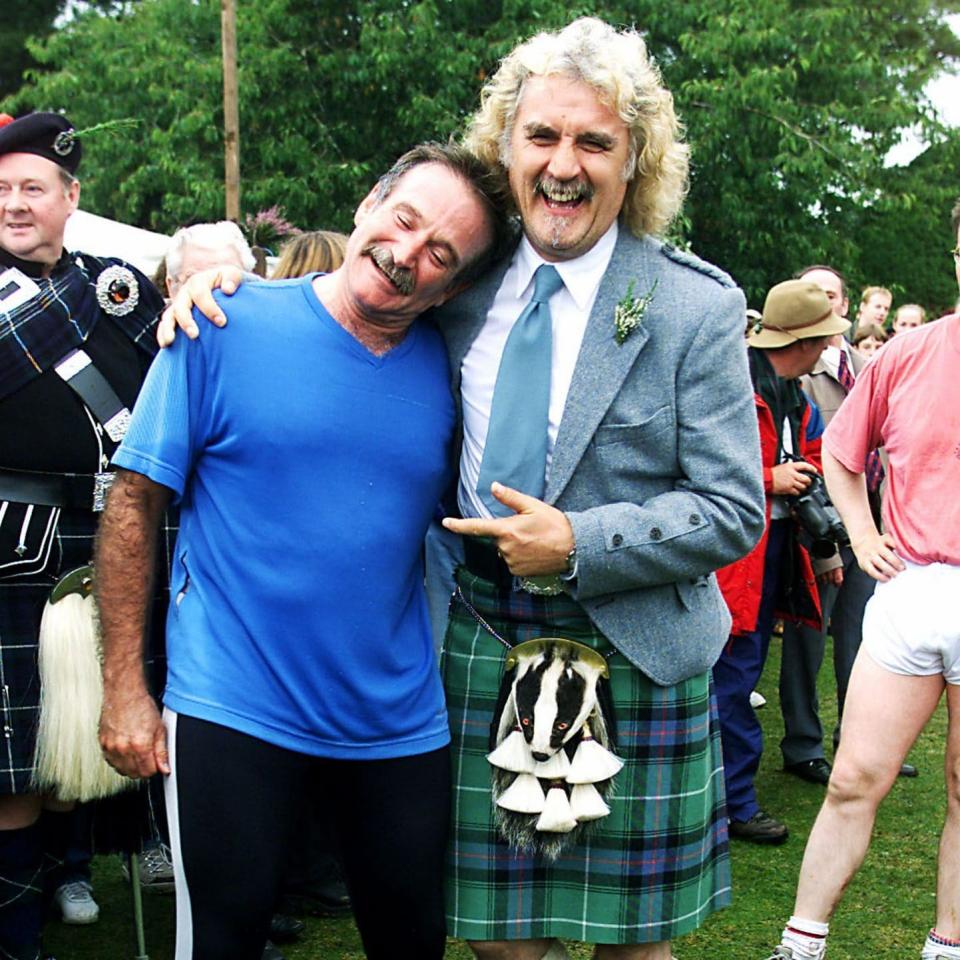
“As a filmmaker you think, ‘What is the thing that will keep me up at night? What will make me want to refine this and make it better?’” says Norwood. “In addition to covering all the ground that we needed to cover – giving the Lewy body dementia chronology a fair treatment so it was correct and informative – there’s this concept that Robin Williams was a movie star, but Robin was down to earth. He was this generous, kind, humble person. He was this person but also that famous. That was the thing I got really passionate about.”
Being a star of Williams’ magnitude, not everything about his quiet life in Marin was strictly low-key. Williams would pack audiences into a local theatre, where he did improv comedy with comedy writer Rick Overton.
His health problems began two years before his death: a sudden hesitation about performing at the theatre; a tremor in his hand, which he would clutch to his body; weight loss and physical decline; and panic attacks and delusions. In one strangely affecting story, a neighbour recounts how Williams visited and stood near catatonic at their windows, watching the boats in the harbor behind their house.
Williams was diagnosed with Parkinson’s disease, though Schneider Williams recalls “he wasn’t buying it”. He asked the doctor if he had Alzheimer’s, dementia, or schizophrenia.
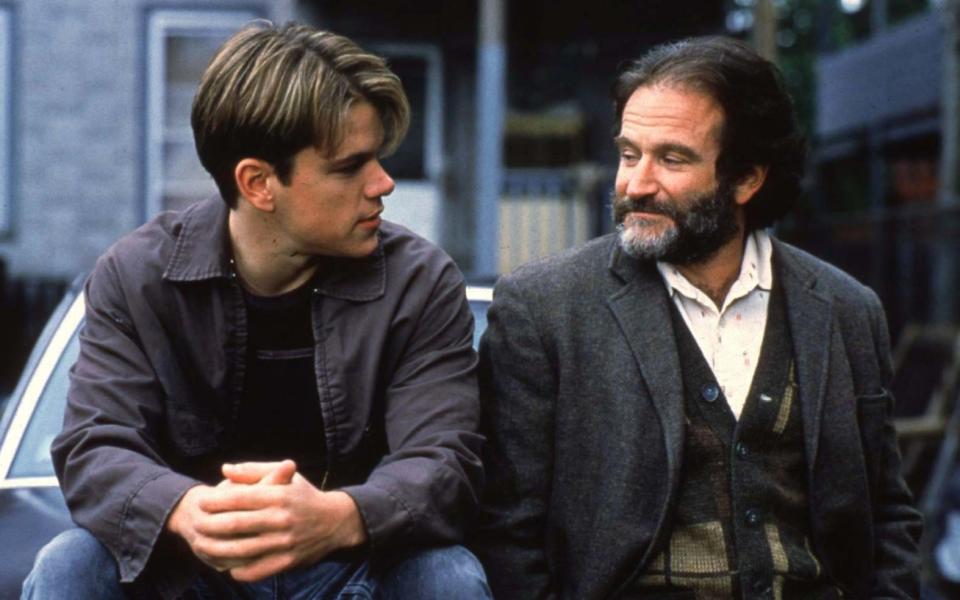
Williams was also struggling to remember lines during productions of The Crazy Ones and Night at the Museum 3. “Robin was calling Shawn Levy [director of Night at the Museum] at two in the morning saying, ‘Is any of this usable? Is anything I’m doing any good?’" says Norwood. "Shawn Levy was lying to him and saying, ‘You’re Robin Williams! It’s fantastic!’ But he knew something was horribly wrong.”
Levy talks publicly about Williams’ deterioration for the first time in the documentary. “I remember him saying, ‘I’m not me anymore,’” says Levy. “His brain was not firing at the same speed.” At one point, Williams told his wife: “I just want to reboot my brain.”
“He couldn’t be himself and he thought that was unforgivable,” says Norwood. “He never got that diagnosis. No one put their hand on his shoulder and said ‘Robin this isn’t you, it’s not your fault. This is something that’s happening on a biological level.’”
The detailing of Williams' final hours is upsetting to watch. Schneider Williams believed he was sleeping in – a relief that he was getting rest. He was found by his personal assistant. Schneider Williams recounts the events, speaking just two years removed. She threw herself into advocacy to overcome the grief. Making the film seems to be part of that process. "This was a widow who was broken," says Norwood. "She was looking for somewhere to put all this pain."
Williams' children declined to take part in the documentary, but Norwood looks forward to them seeing it. "I hope it means something to them," he says.
For a sense of who Robin Williams really was, Norwood points to the message left in Williams' AA book – "I want to help people be less afraid”.
“He never expected anyone to read it," says Norwood. "That was a little prayer that Robin made to the universe – 'I hope I can be effective, I hope I can be present for others, I hope I can do some good.' The idea that that’s who he really was, in the dark of night, in the quiet of his bedroom, when no one’s watching. You can’t do better than that as far as understanding someone.”
Robin's Wish is available to stream in the US and will be available in the UK soon

